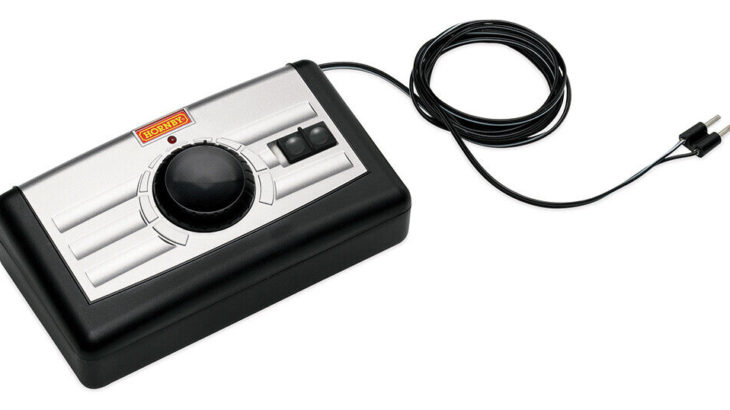Model railways are a delightful hobby that combines engineering, creativity, and a love for trains. One of the fundamental aspects of setting up a model railway is ensuring it is properly wired for power. Direct Current (DC) is a popular choice for powering model railways, especially for those who prefer a more hands-on approach to train control. This guide will take you through the steps to wire up a model railway layout using DC power.
Understanding DC Power in Model Railways
In a DC-powered model railway, the voltage and polarity applied to the track control the speed and direction of the trains. Typically, a power pack or controller is used to provide the DC voltage to the tracks. By adjusting the controller, you can increase or decrease the speed of the train, while reversing the polarity changes the direction.
Essential Components
- Power Pack/Controller: This device converts household AC power to the appropriate DC voltage for your trains. It also allows you to control the speed and direction.
- Track: The rails that will carry the DC power to the trains.
- Wiring: Conductors to connect the power pack to the track. Common wire gauges for model railways range from 14 to 22 AWG.
- Rail Joiners: Metal clips that connect sections of track electrically.
- Terminal Blocks: For organizing and distributing power connections.
- Soldering Tools: For secure connections between wires and track.
Steps to Wire Your Model Railway
- Plan Your Layout: Before you start wiring, have a detailed plan of your track layout. This includes where the power pack will be located and where you might need additional feeders to ensure consistent power distribution.
- Lay the Track: Assemble your track according to your layout plan. Ensure that all connections are tight and secure using rail joiners.
- Connect the Power Pack:
- Identify the terminals on the power pack. Typically, there are two terminals for track power, often labeled “Track A” and “Track B” or similar.
- Using appropriate gauge wire, connect the power pack to the track. It’s best to solder the wires directly to the rails for a solid connection, but rail joiners with built-in wire connections can also be used.
- If soldering, strip the wire ends, apply flux, and solder the wire to the rail. Be careful to avoid melting the plastic ties.
- Add Feeder Wires:
- For larger layouts, a single connection to the power pack may not provide consistent power. Add feeder wires every 3-6 feet.
- Solder feeder wires to the rails and connect them to the main bus wires running beneath the layout. Use terminal blocks to organize and secure connections.
- Create Power Blocks (Optional):
- For more advanced control, divide your layout into power blocks. Each block can be controlled independently, allowing you to run multiple trains simultaneously.
- Use insulated rail joiners to separate blocks and connect each block to its own controller or section of the power pack.
- Test the Layout:
- Before running trains, test the voltage across different sections of the track using a multimeter. Ensure consistent voltage across the layout.
- Run a locomotive around the entire track to check for any dead spots or inconsistent power. Troubleshoot as necessary by checking connections and adding additional feeders if needed.
- Fine-Tuning and Maintenance:
- Regularly clean the track to ensure good electrical contact.
- Check and maintain all connections, especially solder joints and terminal block connections.
Tips for Successful Wiring
- Use Color-Coded Wires: Helps in identifying connections and troubleshooting.
- Keep Wires Organized: Use cable ties or wire looms to keep wiring neat.
- Label Everything: Especially important if using multiple power blocks or controllers.
- Safety First: Ensure all connections are secure and there are no exposed wires that could cause shorts or other issues.
By following these steps and tips, you’ll have a reliably powered DC model railway layout, ready for countless hours of enjoyment. Whether you’re running a single train or managing a complex network of tracks, proper wiring is the foundation of a successful model railway.
